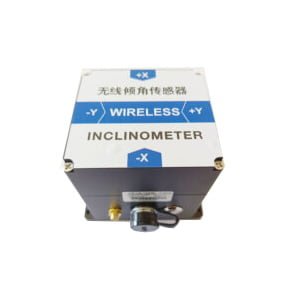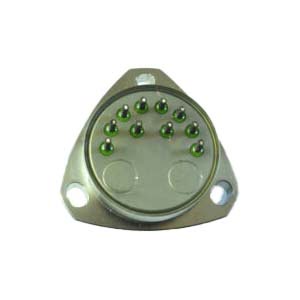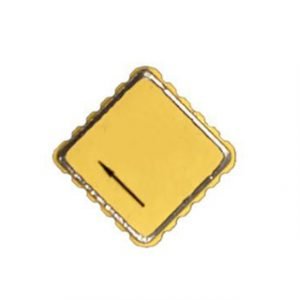Gyro inclinometer is an instrument used to measure changes in the Earth's gravitational field. It can measure the slope and azimuth of the ground. Its working principle is based on the principle of the gyroscope, by measuring the rotation angular speed of the gyroscope to determine the slope and azimuth of the ground.
A gyroscope inclinometer usually consists of a gyroscope and a group of accelerometers. Gyroscopes are used to measure the azimuth of the ground, while accelerometers are used to measure the slope of the ground. The gyro clinometer obtains the final clinometer result by superimposing the measured results.
In the measurement process, the gyro inclinometer first measures the slope of the ground through the accelerometer. An accelerometer measures the gravitational acceleration of the ground and thus the slope of the ground. The gyroscope then measures the azimuth of the ground. The gyroscope uses the rotation of the gyroscope to measure the direction, and determines the azimuth of the ground by measuring the angular speed of the gyroscope rotation. The measuring accuracy of gyroscope inclinometer depends on the stability of gyroscope and the sensitivity of accelerometer.
A general term for an inclinometer that uses a gyro element to determine the azimuth of the borehole. The most classic is the inclinometer with mechanical framed gyro elements, which have been used almost all over the past few decades. The orientation measured by this gyro inclinometer is relative. Before the instrument goes down to the borehole, it is necessary to determine the alignment direction on the ground and then start the mechanical gyro. The gyro is mounted on a universal frame with three degrees of freedom to achieve a stable high-speed rotation. At this time, the gyro has a directionality. When downhole measurement, the deflection of the instrument rotation and the tilting direction of the drilling hole can not change the starting direction of the gyro rotor under ideal conditions. The inclination of the drilling direction can be calculated by measuring and recording the angle of the instrument relative to the starting direction. Obviously, the tendency of drilling is calculated in the starting direction of the gyro, and the measurement result is called relative orientation. Silicon micromachined gyro components appeared in the late 1990s. These components do not have the high-speed rotors that maintain the orientation of conventional mechanical gyros. They are actually angular velocity sensitive components. Install it on the inclinometer and integrate the angular velocity signal. In theory, you can calculate the angle that the instrument turns relative to the starting direction when moving in the borehole. Further, it is possible to calculate the change in the inclination angle of the drill hole with respect to the starting direction. However, due to factors such as sensitivity, noise, and drift, it is still not practical. Optic gyro and dynamic tuning gyro with higher sensitivity and accuracy for angular velocity measurement have been successfully applied to inclinometers in recent years. Although these components are also called gyroscopes, they are angular velocity sensitive components like silicon micromachined gyroscopes. Unlike silicon micromachined gyros, their sensitivity to angular velocity is orders of magnitude higher. Using their high sensitivity to angular velocity, we can use it to directly measure the angular velocity vector of the Earth's rotation, and then calculate the tilt position of the borehole. This orientation is the orientation relative to the Earth's north pole. Some people call it the true north corner. This gyro inclinometer is called the self-seeking north gyroscope and is the best level and most widely used inclinometer.
In engineering surveying, gyro inclinometer can be used to measure the inclination Angle and azimuth of buildings, as well as the inclination Angle and azimuth of underground pipes. In geological exploration, gyro inclinometer can be used to measure the inclination and azimuth of strata, thus helping geologists to carry out geological exploration and mineral resource assessment. In navigation, gyro inclinometer can be used to measure the tilt Angle and azimuth of ships, aircraft and vehicles to provide accurate navigation information.
More Technical Questions
1.What is an Inclinometer While Drilling?
2.Do you Know the Working Principle of Inclinometer ?
3.How to install the tilt sensor?
4.What are Tilt Switches and Tilt Sensors?
5.How to Use the Tilt Sensor and How to Install It?
6.Accelerometer, Gyroscope and Magnetometer
Products in Article


.jpg)




